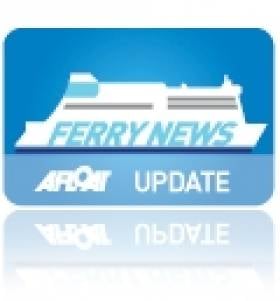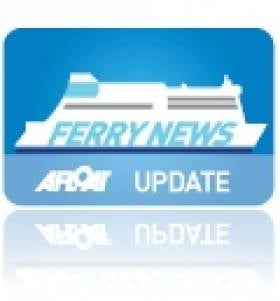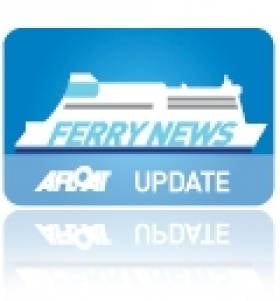Displaying items by tag: Manx Ferry news
Large Public Interest Prompts Isle of Man Ferry Meeting
#ProposedManxFerry –There is "very high interest" in plans for a new ferry service on the Isle of Man which has prompted shipping operators to hold a public meeting.
The Ellan Vannin Line, owned by Manx company Sea Alliance aims to introduce a freight service this year and a passenger service in 2014.
All island operations are currently handled by the Steam Packet Company.
Sea Alliance head Kurt Buchholz will update progress at an open meeting in Nobles' Park at 18:00 (BST) on Friday. For more on this story the BBC has a report.
Manx-Mersey Route Reopens for Winter Season
#MANX FERRY – Sailings between the Isle of Man and Merseyside resumed service once again for the winter season, writes Jehan Ashmore.
The Isle of Man Steam Packet Co.'s ro-pax Ben-My-Chree started Douglas-Liverpool (Birkenhead) sailings this month and the vessel will also continue to operate services on her regular Douglas-Heysham route.
Crossing time from Birkenhead's Twelve Quays Ferry Terminal to the Manx capital take 4 hours 15 minutes. For sailings schedules of both routes click HERE.
Bank Holiday Marks Start of Manx Sailings
#ISLE OF MAN FERRY – This Easter bank holiday weekend marks the start of the Isle of Man Steam Packet Co.'s seasonal-only Dublin-Douglas ferry service, with a sailing scheduled to depart this evening, writes Jehan Ashmore.
The wave-piercing catamaran fastcraft Manannan had departed the Manx capital this afternoon to form the inaugural outbound sailing, which takes nearly three hours to complete. The 96m fastcraft is the largest of her type in the Irish Sea and she was built by InCAT in Hobart, Tasmania. She also maintains sailings on the Douglas to Belfast and Liverpool routes.
For sailing timetables across the network of routes to the Isle of Man click HERE and for a guide about the fastcraft and conventional ferry Ben-My-Chree click this LINK.
































































